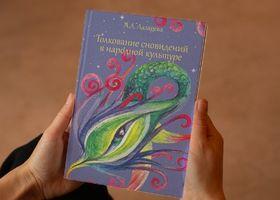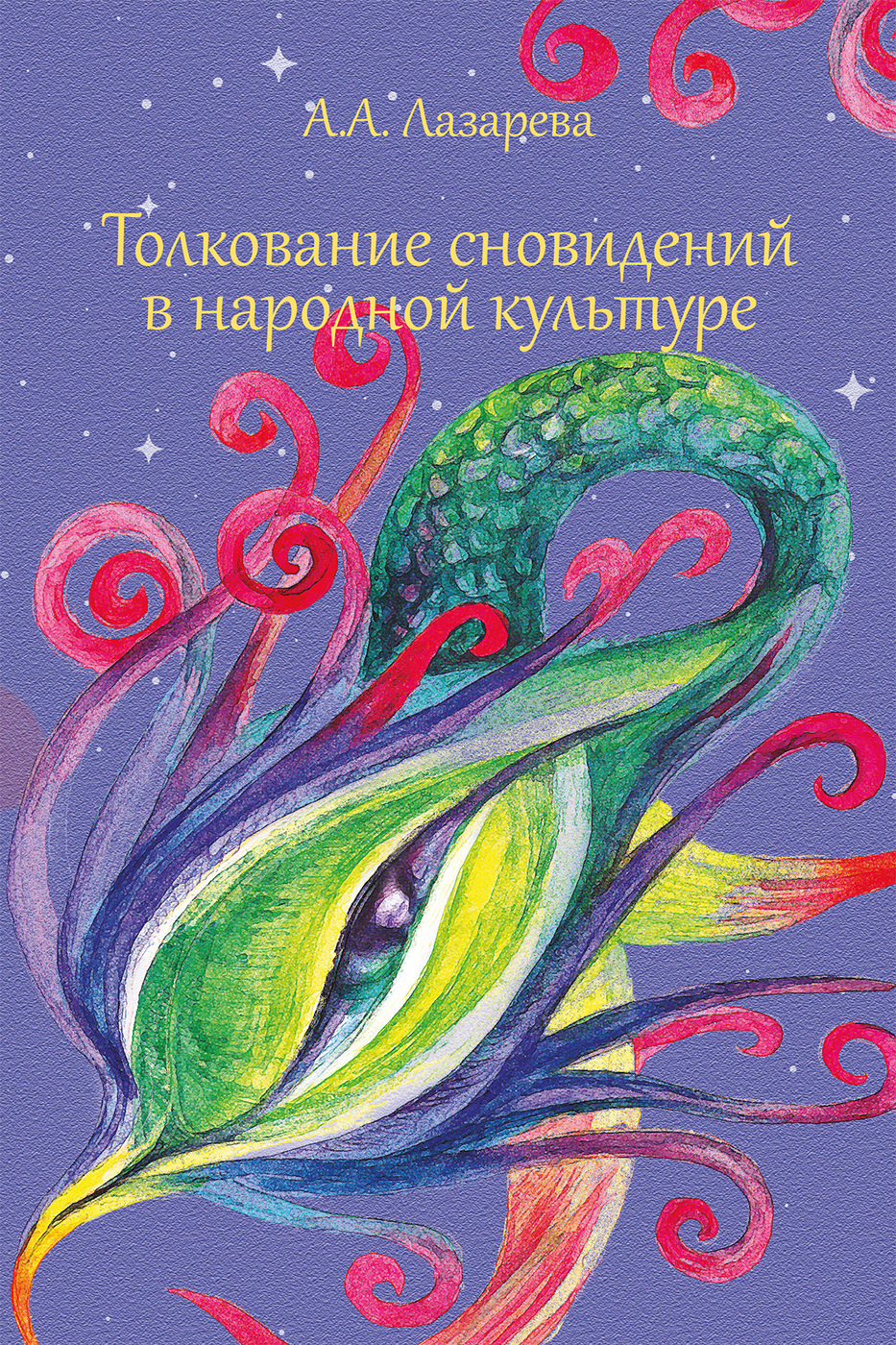
17.11.2021
The book of Dr. Anna Lazareva "Interpretation of dreams in folk culture" (Russian State University for the Humanities, 2020) was awarded the diploma of the laureate of the VIII Far Eastern Regional Competition of Higher Educational Institutions "University Book-2021" in the nomination "Best Publication in the Humanities".
Social anthropologist and folklorist Anna Lazareva has been studying dream stories for over ten years. This topic was the subject of her Ph.D. dissertation "Symbols of Dreams in Folk Culture: Folklore Models and Personal Narratives."
She argues that although dream narratives are often perceived as individual and original texts, there are quite a few common elements in them. In her works, for the first time, general narrative schemes are presented, those that are used to build stories about prophetic dreams.
For example:
● an object belonging to someone breaks or rots - the owner of the object is sick or is dying;
● a part is separated from the whole object - the dreamer will lose someone close;
● a symbol (object, animal, etc.) appears in the house - something will happen to the people living there.
The presence of stable narrative schemes allows to study dream stories with methods used to analyze myths, legends, fairy tales and other folklore texts. The results of the description and systematization of this template are presented in the index of prophetic dreams, which is published in the book.
The monograph was published through the Center for Social Anthropology of RSUH as part of the collective project "Creation of a plot-motif index of folklore stories about dreams (based on the Eastern Slavic material of the XX-XXI centuries)", supported by a grant from RSUH.
Dr. Lazareva analyzes her own field materials and stories about prophetic dreams recorded by ethnographers from the 1920s to 2020.
The book "Interpretation of Dreams in Folk Culture" describes 171 dream schemes. Under the description of each scheme in the index there are examples of its "embodiment" in personal narratives. This allows us to understand the internal composition of the stories about prophetic dreams recorded over the past hundred years.
The author shows that the logic of the interpretation of dreams is not limited to the folk signs and omens (e.g. "cockroaches mean wealth", "coins mean tears", "mushrooms means pregnancy"). Folklorists call such collections "oral dream books" by analogy with the published dream books). The logic of interpretation is revealed only in the analysis of comprehensive narratives about prophetic dreams. It is reflected in the narrative schemes described in the book.
The book was published at RSUH. You can buy it in "U Kentavra".
Download the table of contents

● Foreword
● Introduction
○ History of the study of "oral dream books"
○ History of the study of folk dream stories
○ Study material
○ Research methods
● Chapter 1. Semiotisation of the image of reality in dreams
○ Models of interpretation of projections of material objects
○ Object as a symbol of a person
○ Object as a symbol of a company/collective
○ Familiar space interpretation models
○ Space as a symbol of the people inhabiting it
○ Space as a visualization of the life path
● Chapter 2. Folklore model and personal narratives typical in original dream plots
○ Loose teeth
○ Cut-off hair
○ Loss of other parts of the body
● Chapter 3. Interpretation of the dreamer's emotions and sensations
○ Emotions of the dreamer as an object of interpretation
○ Literal interpretation of the dreamer's emotions
○ Reverse interpretation of emotions
○ Interpretation of sensations and sounds
○ Acoustic code
○ Verbal code
○ Olfactory and flavor code
○ Somatic code
● Chapter 4. Plots of dreams and mythological stories: search for common motifs and narrative schemes
○ White and black horses
○ Toad with an open mouth
○ Polar bear
● Conclusion
● Index of motifs of prophetic dreams
● References
● List of informants
● List of archive materials